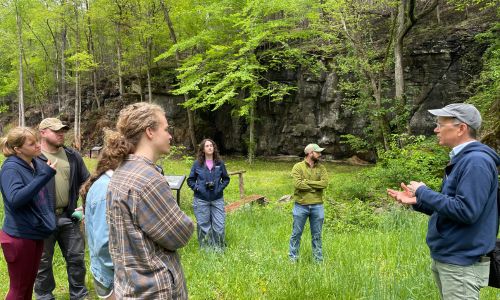Anniston, AL – This past weekend, nature enthusiasts gathered at Weaver Cave Preserve in Anniston, AL, for a journey through the world of native wildflowers and plants. Led by Dr. Jimmy Triplett, a botanist known for his expertise in plant taxonomy and evolutionary biology, the event promised a deep dive into the diverse flora thriving in the area.
Dr. Triplett serves as the curator of the JSU Herbarium, a treasure trove housing over 70,000 plant specimens, and his research spans across continents, from the United States to Southeast Asia. Dr. Triplett’s credentials speak volumes about his passion and knowledge.
As participants embarked on their botanical adventure, Dr. Triplett captivated their attention with fascinating insights into the native wildflowers and plants encountered along the trail. From myths surrounding fern seeds to the ecological significance of each species, every step revealed a new layer of natural wonder.
Among the highlights of the walk were discussions about ferns, dispelling the myth that finding a fern seed would render one invisible. Instead, participants learned that ferns are spore-bearing plants, showcasing a remarkable reproductive strategy. Fleabane, belonging to the Aster family, impressed with its daisy-like flowers composed of numerous tiny individual blooms. Meanwhile, the lyreleaf sage, a member of the mint family, stood out with its distinctive square stem.
The journey continued with encounters with various flora, including the false strawberry, an invasive species from the Rose family, and the resilient resurrection fern, known for its ability to revive even after appearing completely brown. Participants marveled at the diversity of plants such as wild yam, columbine, and milkweed, each contributing to the intricate tapestry of the ecosystem.
As the group meandered through the preserve, Dr. Triplett’s expertise illuminated the interconnectedness of plant life and the environment. From nitrogen-fixing clover to the fascinating seed dispersal mechanism of trilliums, attendees gained a deeper appreciation for the complexities of nature’s design.
While the cave itself remained closed to protect the endangered gray bats inhabiting it, participants reveled in the opportunity to explore the trail and property, thanks to the conservation efforts spearheaded by the Georgia-Alabama Land Trust (GALT). Formed through the merger of several nonprofits, including the Chattowah Open Land Trust and the Georgia Land Trust, GALT has become the largest regional land trust in the Southeast, dedicated to preserving critical wildlife habitat and pristine landscapes.
With upcoming open weekends scheduled, nature enthusiasts can look forward to further explorations of Weaver Cave Preserve. As GALT continues its mission to steward greenspaces and create nature preserves, opportunities abound for individuals to connect with the natural world, fostering a deeper understanding and appreciation for the biodiversity that surrounds us. For more information visit www.galandtrust.org/weavercave.
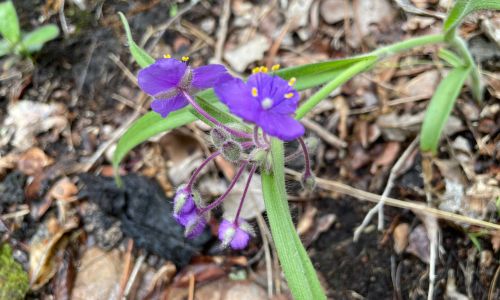
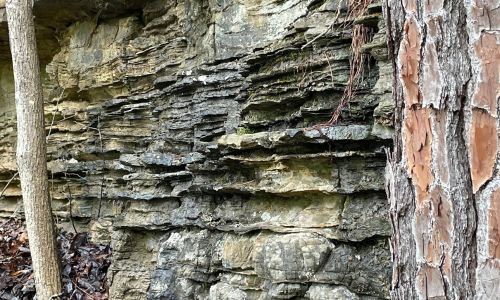
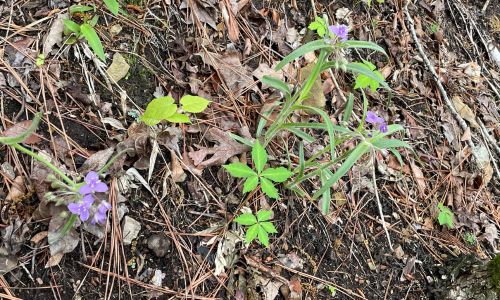
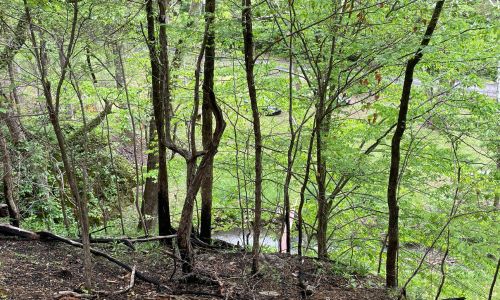
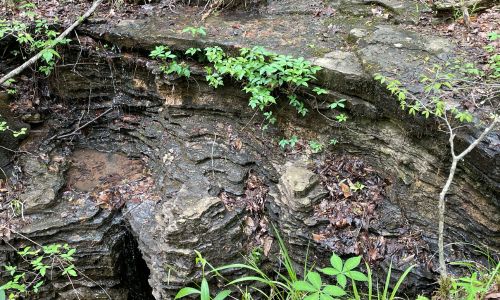
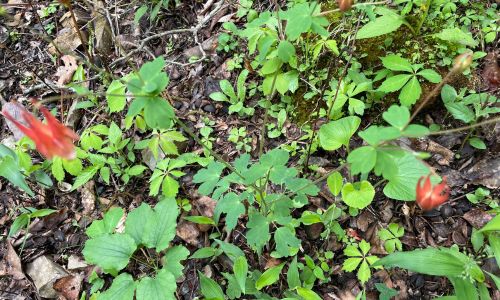
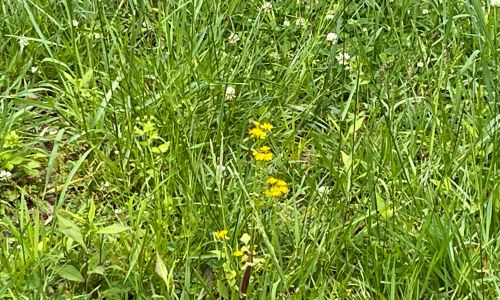
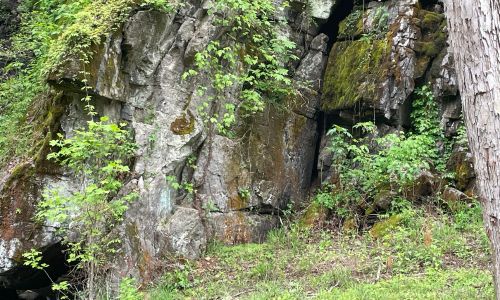
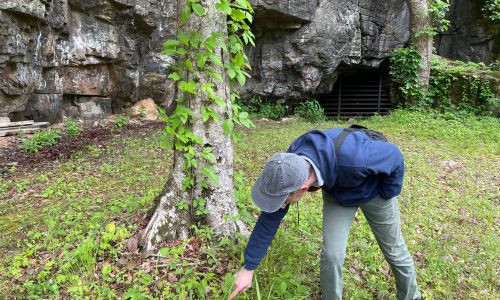
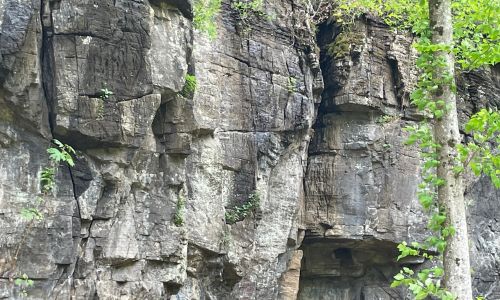
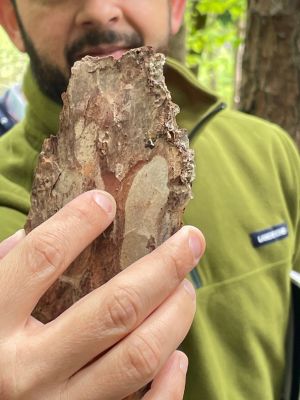
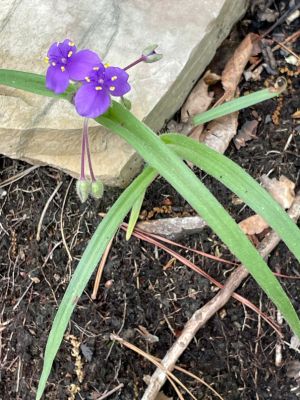
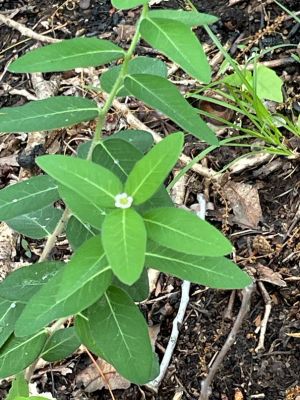
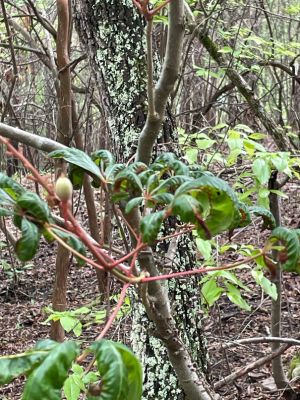
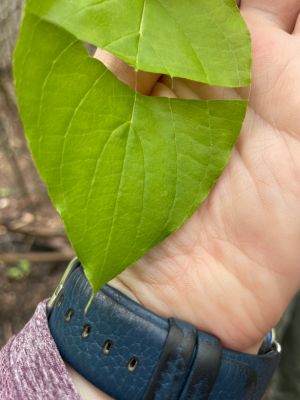
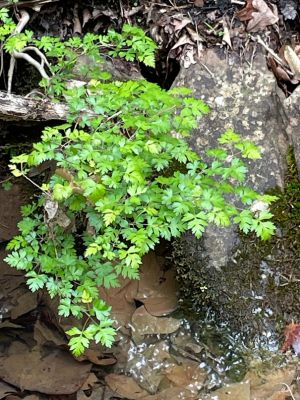
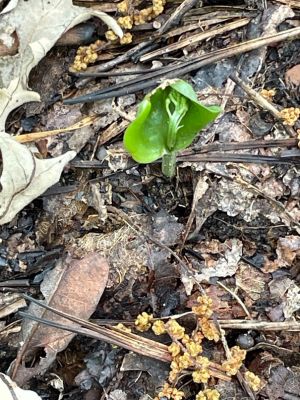
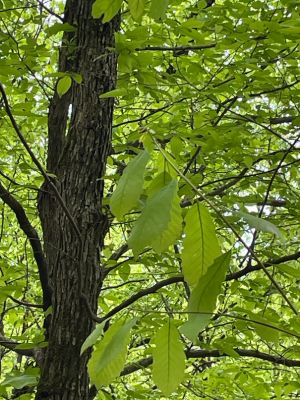
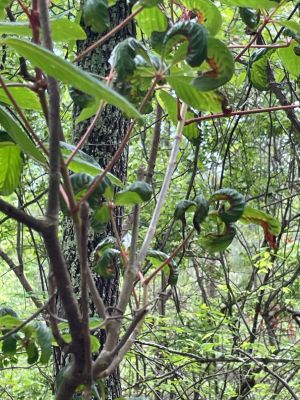
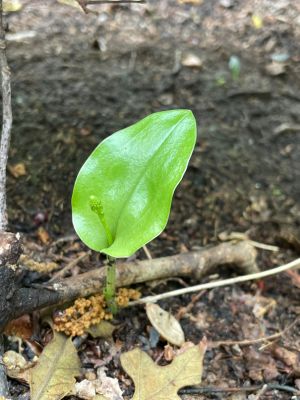
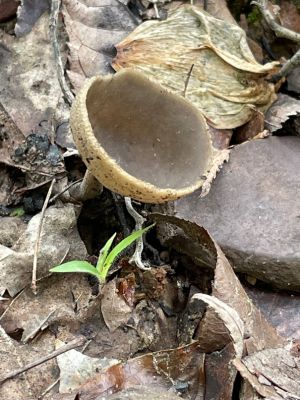
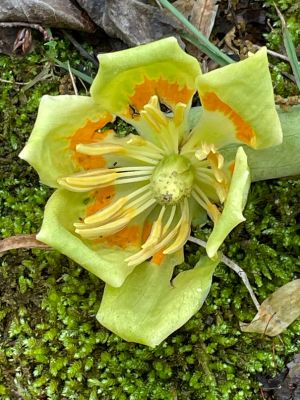
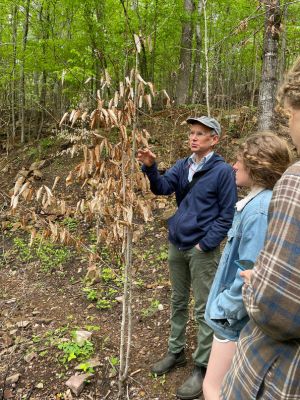
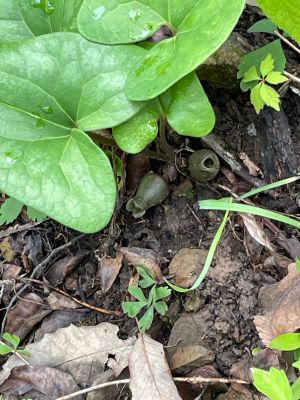
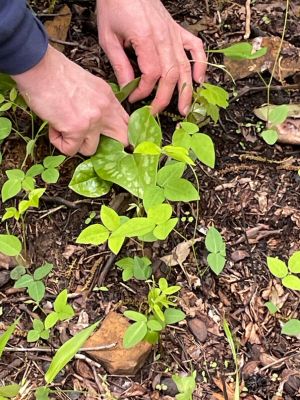
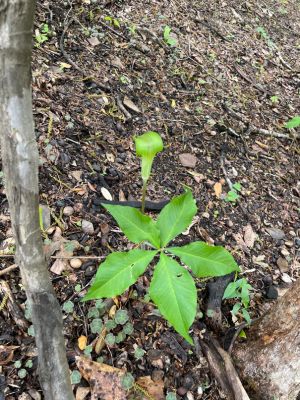
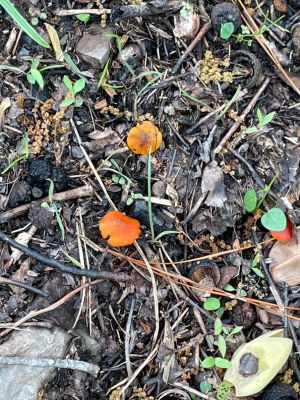
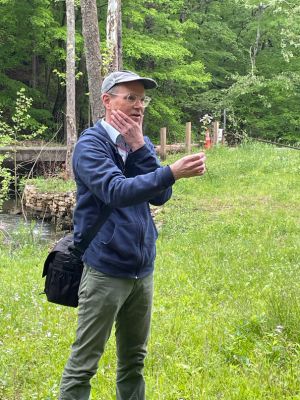
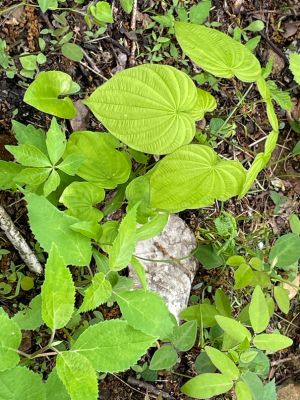
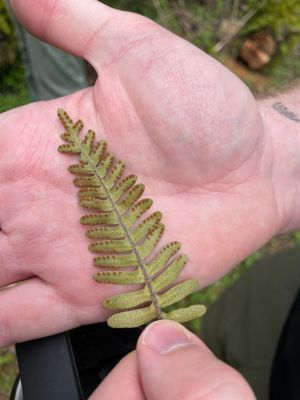
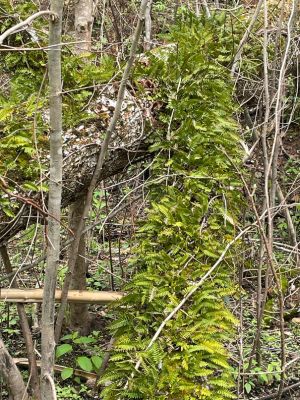
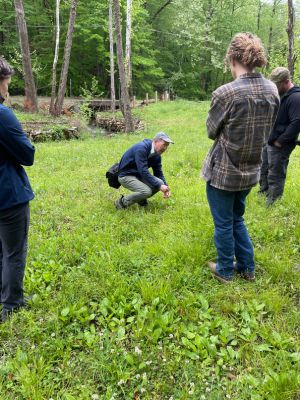
The post Exploring Nature’s Bounty: A Guided Wildflower Walk at Weaver Cave Preserve appeared first on Calhoun Journal.

